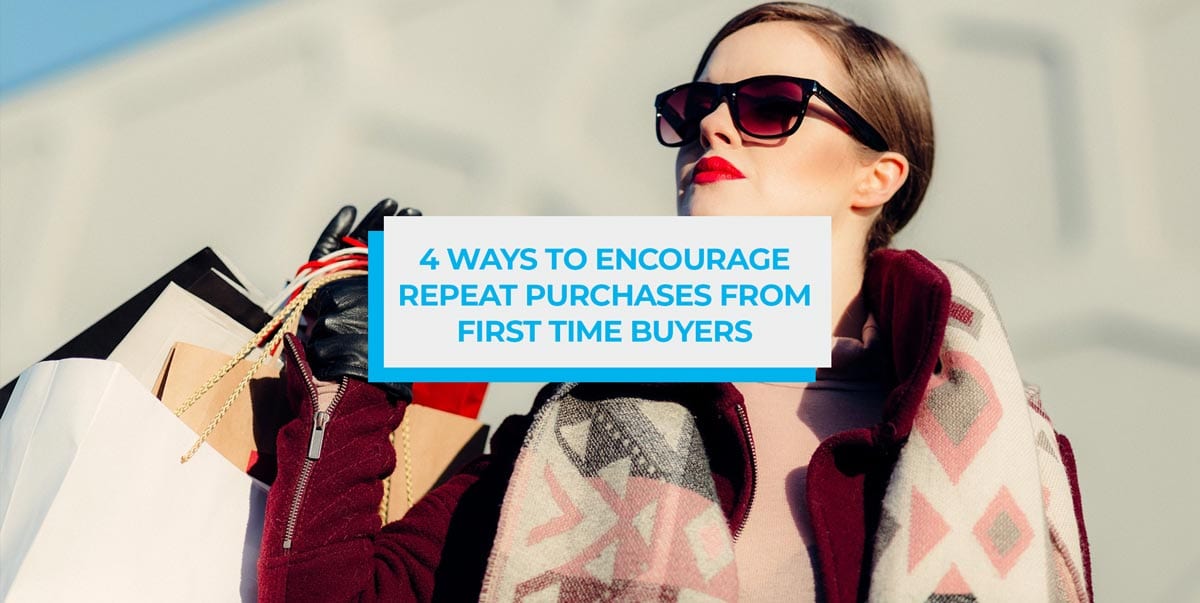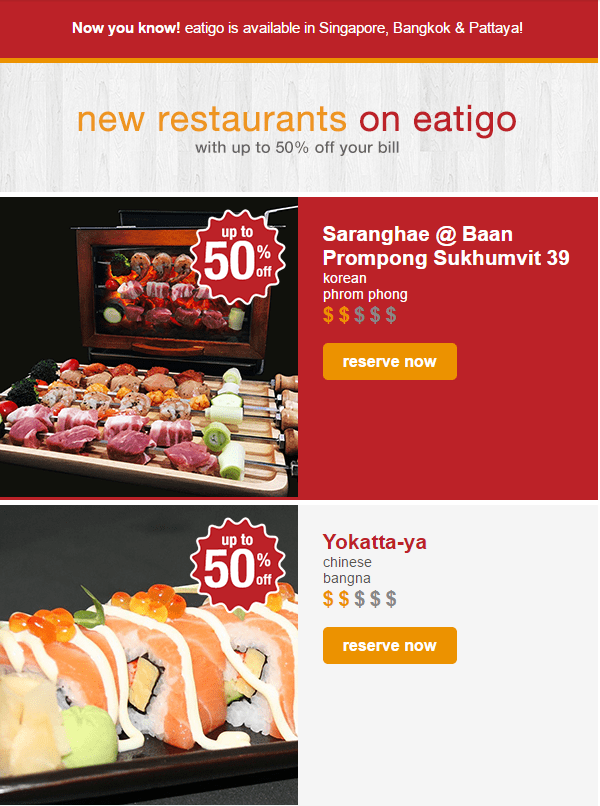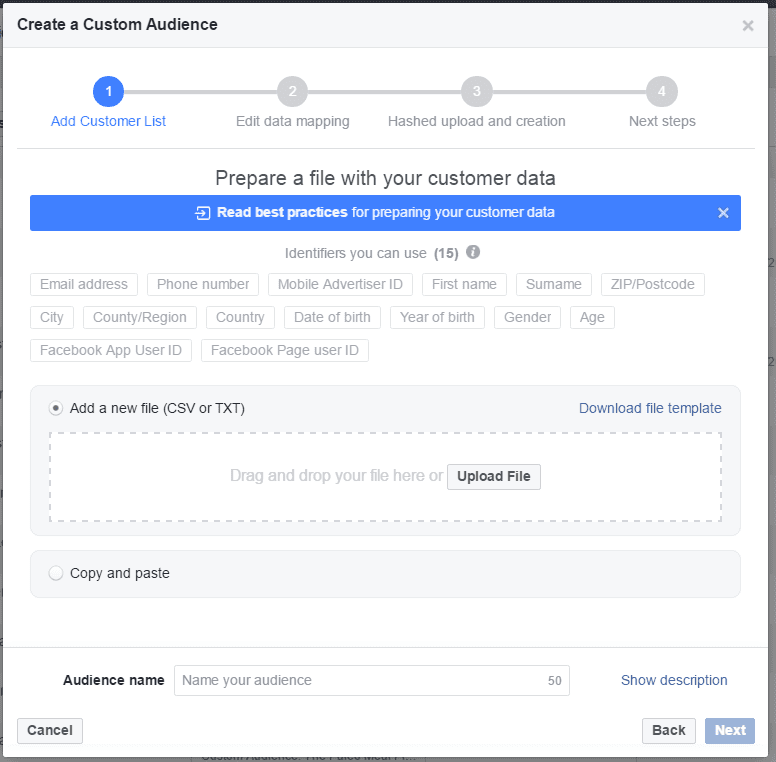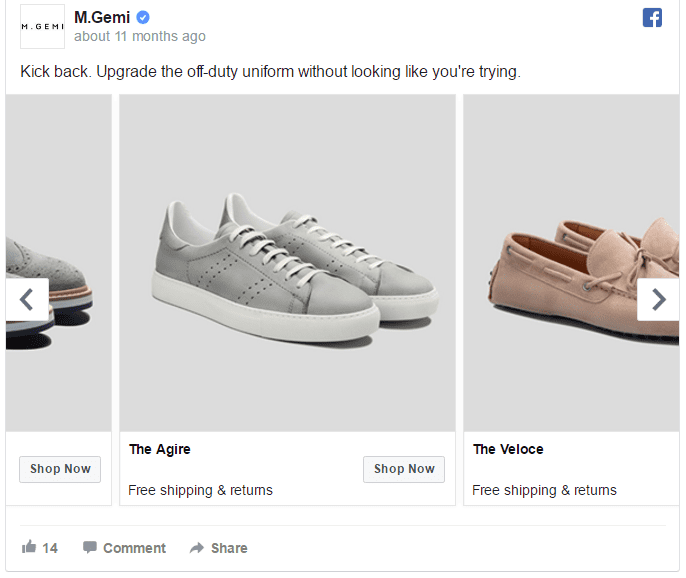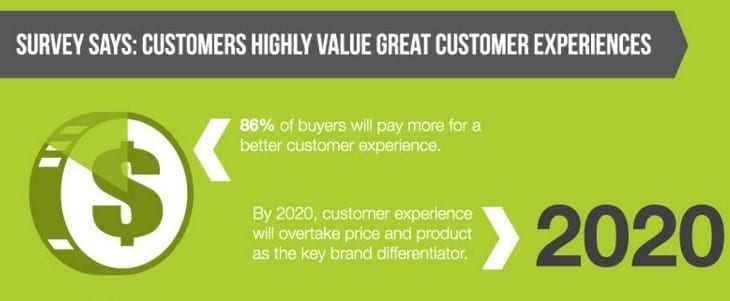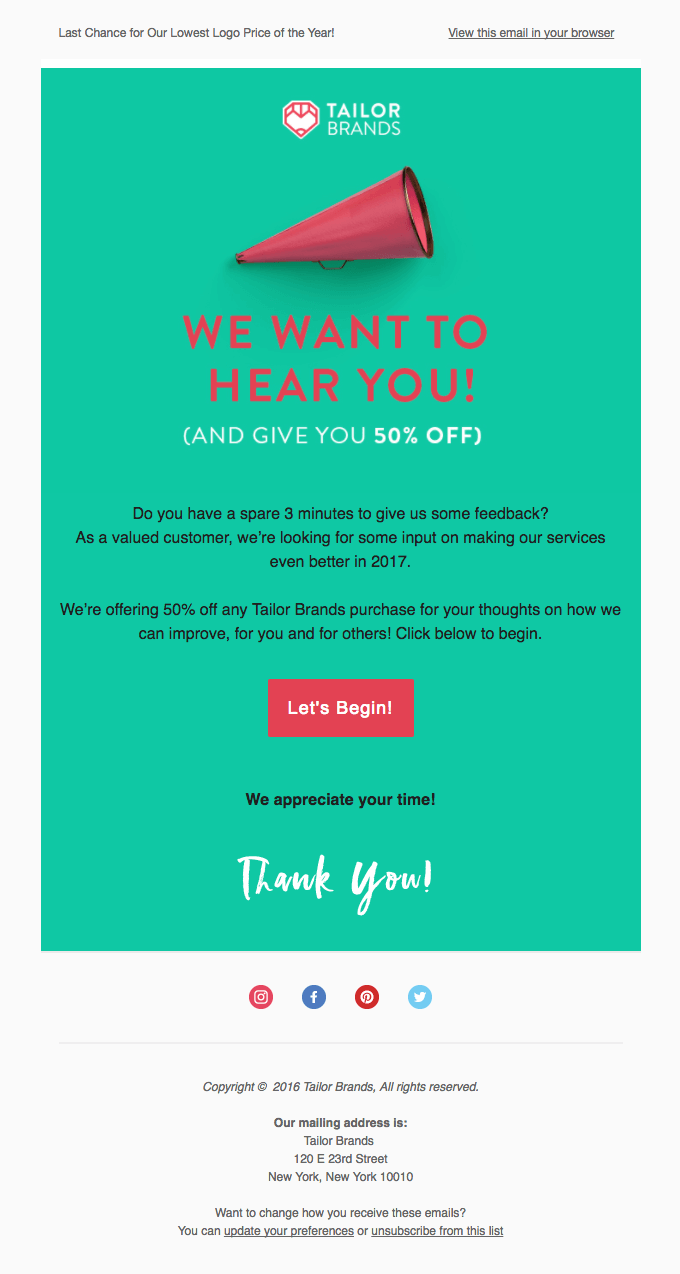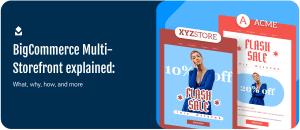To grow your online store, you need to do one of three things:
- Find new customers
- Get current customers to order more
- Increase the price of your product
The problem is that the average e-commerce store spends 80% of their marketing budget on acquisition, when 65% of their revenue is generated from existing customers!
Recent studies reveal that only 27% of first time buyers place a second order with a business, but the customers that do are almost twice as likely to make subsequent orders.
In this article I am going to show you trending strategies you can adapt to your online store right away to get your customers to order again, spend more, and reveal why repeat customers are crucial to your success.
Repeat customers are the cash cow of your business
You cannot solely rely on your marketing team to continually find you new customers. As more businesses jump on Google Ads, Native Advertising, Facebook, and other platforms to advertise, the cost to acquire a customer rises each year and there will come a time when it’s no longer profitable to acquire a new customer unless they place subsequent orders.
Not only are current customers 8x more likely to order again, but their average cart value is double that of new customers.
Each time a customer spends money at your store, you’ll be able to gather data on their shopping behavior, allowing you to send personalized emails and offers to encourage further orders.
This isn’t possible when targeting new prospects as you have no meaningful data on them. Getting first time buyers to spend more is easier, cheaper, and results in higher revenue orders.
First time customers are your most delicate customer
New customers are fragile; if they are unhappy with your product, it took too long to deliver, or they experienced any discomfort during their shopping or after sales experience, then they may never use you again.
New customers are also under no obligation to revisit your store even if they had a great experience. Most e-commerce businesses attract new customers by offering an incentive such as vouchers or a percentage discount off their first order.
This is one of many reasons why only 27% of first time buyers use a business once; they take advantage of your offer and are done with your business – that is unless you make a conscious, personalized effort to re-engage with them, which I am about to show you how right now.
1. Personalized product recommendations
For me, the worst type of emails I receive in my inbox are product recommendations that I have no interest in.
This also happens to be the second most common reason customers unsubscribe from an email list: the content they receive is not relevant to them (the first being that they receive too many emails).
We’ve all been there. We place our first order at an online store, and within 24 hours we receive emails of products we have no interest in.
At this point we all know what’s coming: dozens of emails every month containing random items that we just don’t want. So we unsubscribe and sometimes end up forgetting about the business altogether.
You don’t want to fall into this trap. Chances are you allocate the bulk of your marketing spend on customer acquisition. Once acquired, the last thing you want is for them to unsubscribe from your list.
One of the best ways to get customers to make a repeat order is to send emails based on their previous viewing history or items that align with their last order. For example, if a customer bought a laptop, sending them an email with related items such as laptop bags, anti-virus software, or peripherals would be ideal.
Eatigo is a restaurant booking app in Asia, and to get me to make subsequent bookings, they suggest new restaurants based on my prior cuisine choices (Japanese) and the location of my last order (Bangkok).
Through SmartrMail, when your customers view a product or set of products on your website, its algorithm can suggest other items customers may have an interest in.
This is the most important email you will ever send to first time buyers.
If the content is personalized, there’s a greater chance they will place a second order, while minimizing the likelihood of them unsubscribing.
Many businesses have a gaping hole in this part of their email funnel where hundreds of customers drop out because they sent one impersonalized email.
2. Time-sensitive vouchers
I don’t need to tell you that customers love vouchers. Chances are your best sales days are typically when you run some sort of offer.
Placing actual vouchers inside your customer’s first order so they can redeem them on their second order is an awesome way to increase their spending.
The voucher could be free shipping or a discount off. Whatever it is, just be sure to add a time constraint to the voucher.
If you clearly state the voucher is only valid for seven days after their first purchase, they are much more likely to revisit your website that day than if it had no expiry date or an extended expiry date.
Creating a sense of urgency has been proven to increase sales.
Caution: Depending on your business model and audience, it may not be wise to offer customers a second voucher if on their first order they used a voucher.
The reasons customers who order a lot are more likely to keep ordering is because of habit.
However, if they received discounts on their first two orders, they may be expecting constant discounts going forward in your business-customer relationship, and no business wants to solely rely on offers in order to retain customers.
My suggestion would be to only offer a voucher to first time customers who did not claim a voucher on their initial order, or else you may run the risk of devaluing your brand.
3. Email marketing + social media = marketing on steroids
I’m a firm believer that to grow a business today you need to leverage omni-channel marketing (cross advertising).
Once a prospect converts into a first time buyer, depending on what they ordered or their buyer persona, they must be placed into a unique email segment.
If you sell men and women’s clothing, it could be something as simple as having one segment for male customers and another segment for female customers.
You could even go as far as to segment by brand or category type purchased and have dozens of segments.
The more concise your email segmentation is, the greater personalization you can add to your ads.
Facebook and Google both let you upload customer emails to their ad platform and allow you to serve ad content only to customers.
Both Facebook and Google have dynamic ad objectives that serve your customers products they have previously viewed (dynamic product ads and product listing ads).
They work in the exact same way as personalized product recommendation emails in that they only serve products that a customer has viewed or may have an interest in.
You can upload each email segment and choose which type of products they are exposed to.
M.Gemi use Facebook dynamic product ads to show customers and website visitors product items they have recently viewed or may be interested in.
Facebook studies
have shown that dynamic product ads increase conversion rates while reducing the cost per conversion compared to normal ads.
Just like your behavioral emails, once these adverts are set up they can run on auto pilot. Facebook and Google will pre-populate the ads based on items your customer list may like – you’re not required to make continual edits.
4. Improve your customer experience
What if I told you that customers are less concerned about the price of your products and more concerned about the experience they received with your business?
A Walker study revealed that 86% of shoppers are happy to pay more for a product if it means they will receive a better customer experience, with customer experience expecting to overtake product and price as the key brand differentiator by 2020.
What is the customer experience?
In commerce, customer experience (CX) is the product of an interaction between an organization and a customer over the duration of their relationship. –Wikiepdia
CX is essentially every interaction a user has with your business online and offline, from how they navigate your website, to the messaging they see on your social profiles, to the emails you send and the after sales support.
Something as simple as having trouble checking out to receiving one impersonalized email can damage the CX to a point where they do not want to reorder.
Uber are the perfect example of CX done right.
Depending on the time and weather conditions, an Uber can cost you four times as much as a regular taxi, but that doesn’t stop people from using the service.
Why? Because they offer a seamless customer experience.
You can order a taxi to your exact location, pay through the app, see where your driver is in real time, and know what car they are driving without having to make a single call.
Improve every touch point customers have with your business and watch your first time customers reorder, and your existing customers’ order frequency rise.
Not sure how to improve your CX?
Tailor Brands send first time customers a behavioral feedback email asking what they thought of their first shopping experience.
The best way to improve your CX is to gain feedback from new customers. Just be sure to give them an incentive like Tailor Brands do to provide feedback. Your customers’ time is valuable, so you’ll have to pay for that in some way, ideally in a voucher or through a sweepstake.
Your turn
There are literally dozens of ways you can encourage repeat purchases from first time buyers, such as offering loyalty programs, increasing email frequency, and using direct mail, which you probably already are aware of.
I like to think the four tips I have provided in this article are more relevant in today’s marketing world and will help you future proof your business for years to come.
Omni-channel marketing, improving the CX, and creating customer habits where they order because they love the experience and not your offers will all help you create strong a strong brand and ultimately grow your business.

